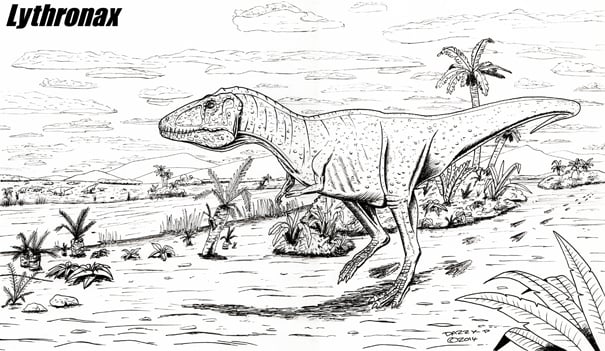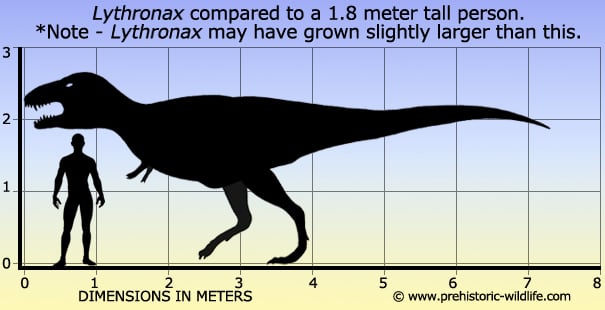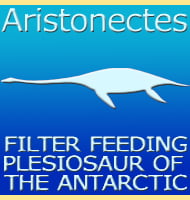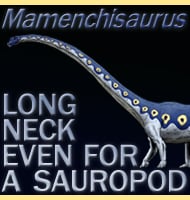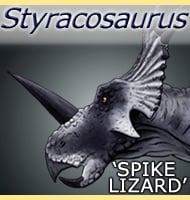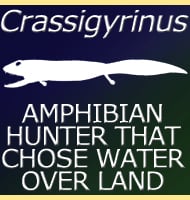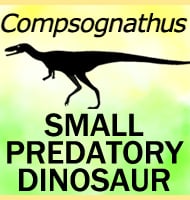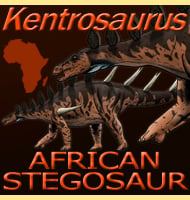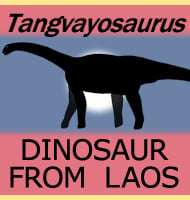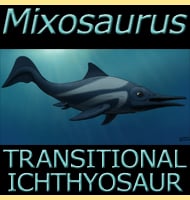In Depth
First discovered in 2009 and officially named in November 2013, stratigraphical analysis of the Lythronax holotype remains has led to them being estimated as being deposited around 80.6 to 79.9 million years ago. This makes Lythronax one of the oldest tyrannosaurids known in North America, and at least 2 million years older than Teratophoneus which is also known from the Kaiparowits Formation but from an estimated date of 77 to 76 million years ago.
A key feature of Lythronax that is instantly visible from looking at the skull is the rostrum that is comparatively short when compared to those of the majority of other tyrannosaurid genera. Lythronax however is not unique in having a proportionately short rostrum in that two other tyrannosaurid genera known from what is now the south western United States, Bistahieversor and Teratophoneus, are also known to have had rostrums that were proportionately shorter than those of tyrannosaurids living in the northern United States and Asia.
These three genera may yet contribute to a growing pattern of shorter snouted tyrannosaurs living in the South West of the United States developing shorter rostrum either to meet differing ecological conditions, or perhaps even as a result of their populations being isolated from those in the north, resulting in differing traits being established between the northern and southern tyrannosaurs of the United States. Another possibility however is that the short snouts of these genera may be primitive forms that had disappeared in more developed genera of the North. Like with other tyrannosaur genera, the eyes faced forwards granting Lythronax stereoscopic vision. What this means is that because the visual arcs of the eyes overlapped in the centre, Lythronax would have been able to judge distances of things such as potential prey in front of them and then decide if they were close enough to strike or not.
Another clear tyrannosaurid trait observable in Lythronax is the overly large banana-like teeth in the jaws. The teeth of tyrannosaurs are often termed banana-like because they were round and curved back towards the throat. These teeth were an adaptation for crunching through the bones of prey as opposed to just slicing through the flesh.
Hailing from the Kaiparowits Formation, it is possible to infer a few details about the life of Lythronax. The Kaiparowits Formation is composed mostly of sandstone and mudstone, deposits that have been interpreted as an alluvial (soft sediment) flood plain with rivers flowing across. This environment would have been quite flat and lush with plants that would have attracted a variety of herbivorous dinosaurs such as hadrosaurs, ankylosaurs, and ceratopsians. Any of these could have been potential prey for Lythronax.
Further Reading
- Tyrant Dinosaur Evolution Tracks the Rise and Fall of Late Cretaceous Oceans - M. A. Loewen, R. B. Irmis, J. J. W. Sertich, P. J. Currie, S. D. Sampson - In Evans, David C. PLoS ONE 8 (11): e79420 - 2013.
